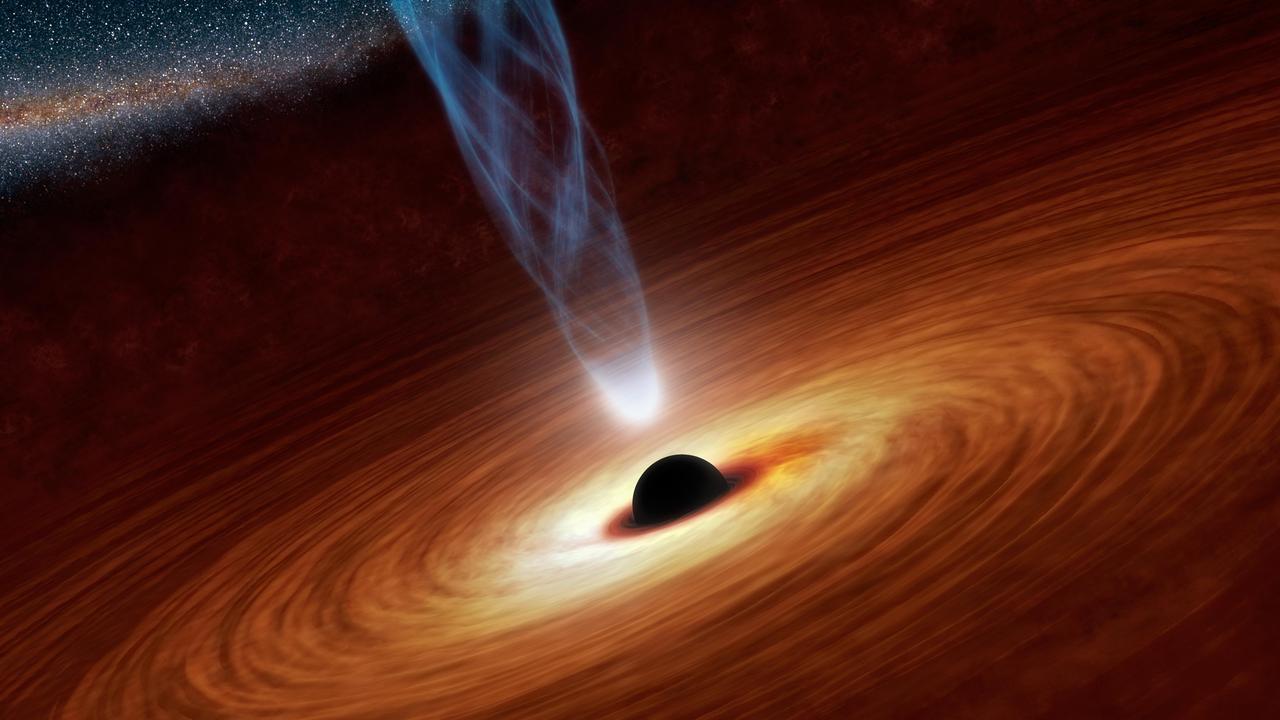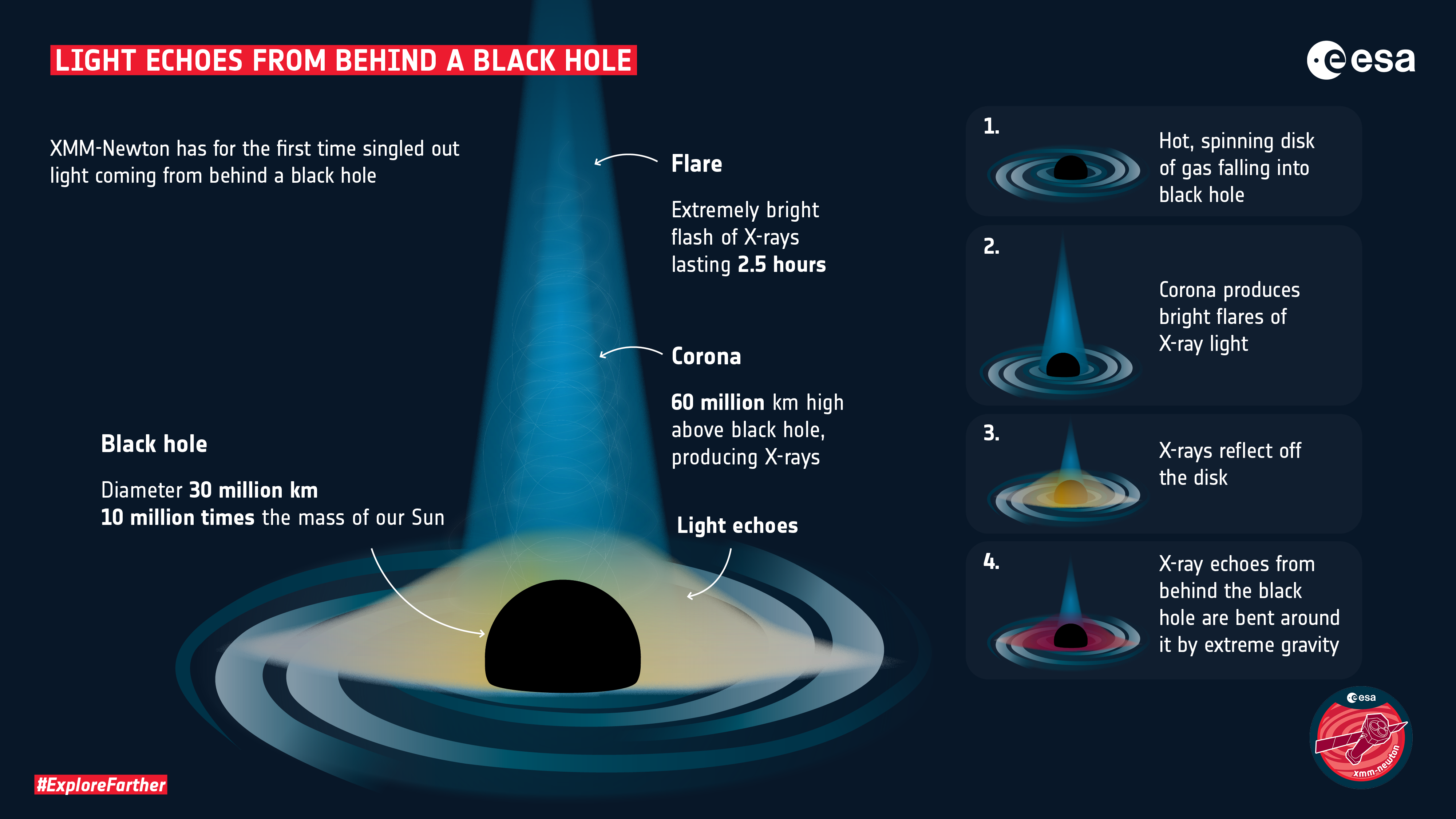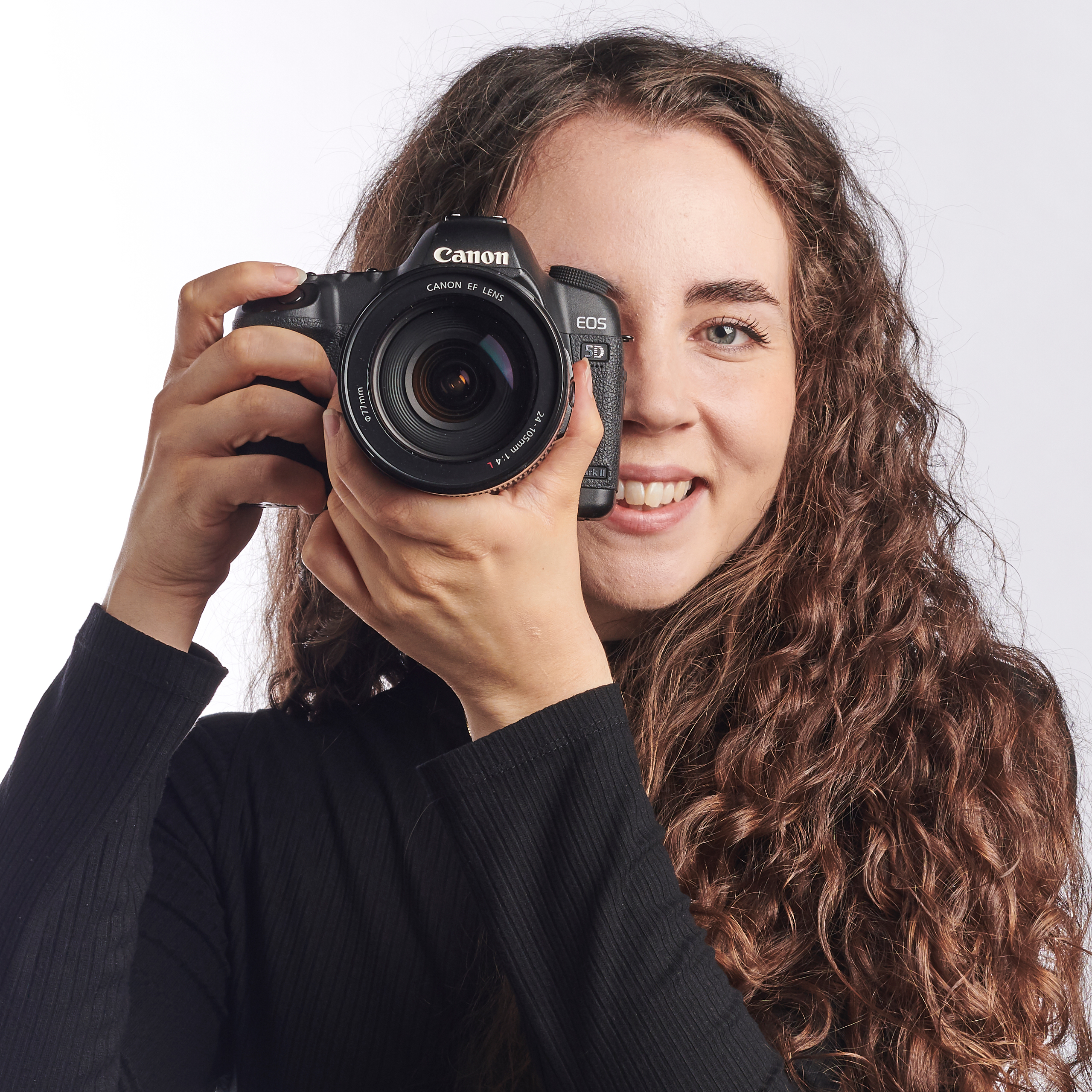Telescope captures light behind a black hole for the first time
Einstein's theory of relativity is seemingly confirmed, after researchers use a telescope to capture light behind a black hole

Telescopes have been capturing incredible images of the universe for many years now, helping scientists to discover new phenomena and confirm (or disprove) theories. However, a recent discovery by an international group of scientists has seemingly proved a theory that's over a century old – Einstein's theory of relativity, which was originally published in 1916.
While studying a supermassive black hole that's 10 million times as large as our own sun with the European Space Agency's XMM-Newton and NASA's NuSTAR space telescopes, these scientists witnessed light appearing from behind a black hole.
• Read more: Best telescopes for astrophotography
For decades, scientists have known that light essentially bends around a black hole. The scientists were studying the corona of this particular black hole, which is the bright flares of x-rays emanating from the black hole. However, as they were doing this, the researchers also saw fainter flashes of light, which were "luminous echoes" of the flares bounding off the gas behind the black hole.

Stanford astrophysicist Dan Wilkins has explained (via Engadget) that this new breakthrough is a "key part of the puzzle to understanding" how our universe came into being. He goes on to explain that "any light that goes into a black hole doesn't come out, so we shouldn't be able to see anything that's behind the black hole. The reason we can see is because that black hole is warping space, bending light and twisting magnetic fields around itself".
"The color of these flashes, the color of those echoes as well as the time that they were delayed after the original flare told us that these were the echoes coming from the gas that's hidden our view behind the black hole," Wilkins continued. "Some of it will shine back down onto the gas that's falling into the black hole, and this gives us really quite a unique view of this material in its final moments before it's lost into the black hole."
Originally published in the journal Nature, these findings will surely excite anyone who enjoys a spot of stargazing or astrophotography.
Get the Digital Camera World Newsletter
The best camera deals, reviews, product advice, and unmissable photography news, direct to your inbox!
Read more
Best lenses for astrophotography
Best star tracker camera mounts
Best camera for astrophotography
Best CCD cameras for astrophotography
Best light pollution filters
With over a decade of photographic experience, Louise arms Digital Camera World with a wealth of knowledge on photographic technique and know-how – something at which she is so adept that she's delivered workshops for the likes of ITV and Sue Ryder. Louise also brings years of experience as both a web and print journalist, having served as features editor for Practical Photography magazine and contributing photography tutorials and camera analysis to titles including Digital Camera Magazine and Digital Photographer. Louise currently shoots with the Fujifilm X-T200 and the Nikon D800, capturing self-portraits and still life images, and is DCW's ecommerce editor, meaning that she knows good camera, lens and laptop deals when she sees them.

